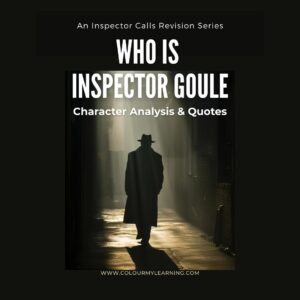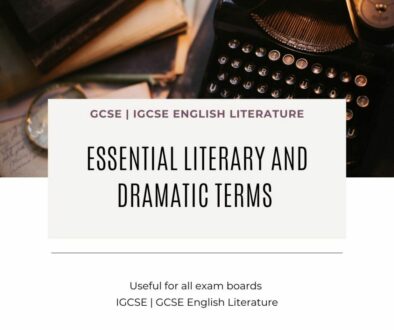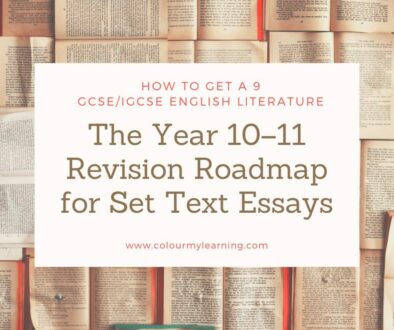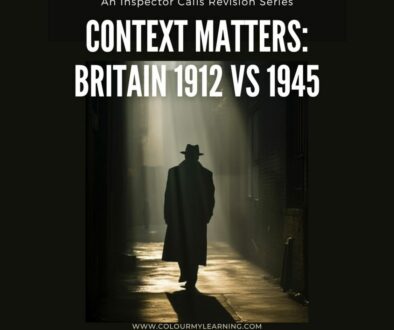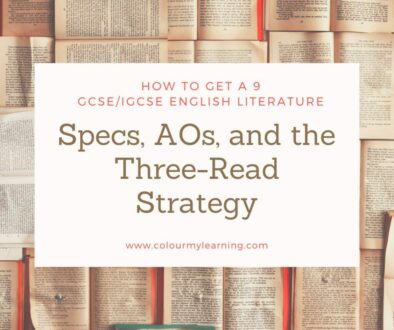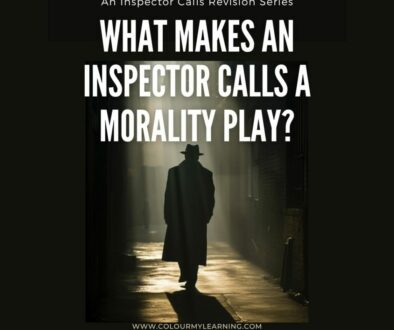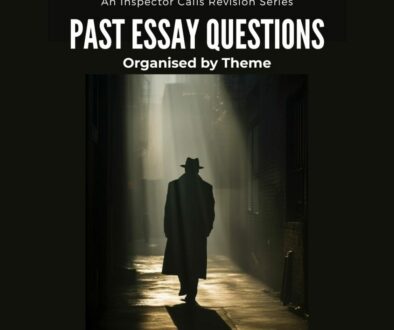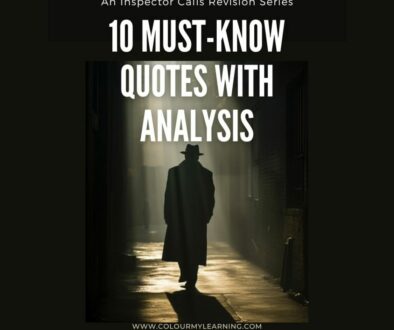Who is Inspector Goole? Character Analysis and Quotes
Inspector Goole is one of the most unusual and compelling figures in An Inspector Calls. He appears without warning, shifts the mood of the play instantly, and directs the action from the moment he arrives. His investigation into the death of Eva Smith becomes a moral interrogation, uncovering not just facts but failures of empathy, responsibility, and social awareness.
Inspector Goole: The Mysterious Conscience of An Inspector Calls
He challenges each character — and the audience — to reflect on their actions. His name, tone, and behaviour set him apart from everyone else on stage. Understanding his role is key to understanding the play itself.
A Character Unlike Any Other.
The Inspector’s Role in the Play
The Inspector functions as the central figure who structures the narrative. He arrives just after Mr Birling has declared his belief in self-reliance and individualism. From that moment, the mood shifts, and the Inspector takes control of the action.
Each interrogation is carefully timed. He speaks to the characters one by one, ensuring no one can avoid their part in Eva Smith’s story. His calm manner contrasts with the rising tension he creates. He does not shout or threaten. Instead, he asks precise questions and allows silence to do the rest.
By the end of the play, he has exposed the weaknesses, prejudices, and mistakes of each character. He is not just a detective — he is a guide through a process of moral reckoning.
Language, Tone and Stage Presence
Inspector Goole speaks with clarity and certainty. His language is often plain, but filled with weight. He uses short, declarative sentences. He rarely repeats himself unless he is trying to make a moral point.
His tone is steady, but his presence is intense. Priestley gives the Inspector control of the room. He interrupts Mr Birling, ignores attempts to dismiss him, and refuses to be diverted. His questions are structured to reveal more than surface facts. Each one builds tension and leads the characters toward uncomfortable truths.
He also uses inclusive language to shift the audience’s perspective. Phrases like “we are responsible for each other” invite the audience to reflect on their own choices. He is not simply pointing fingers — he is asking everyone to consider what kind of society they want to live in.
What the Inspector Symbolises
There is strong evidence that the Inspector is not a traditional police officer. His name — “Goole” — may suggest “ghoul,” which invites speculation that he is more than human. Priestley never confirms his identity, and by the end of the play, the characters learn that no real Inspector Goole exists.
Whether he is a spirit, a symbol, or an invention is not the central concern. What matters is what he stands for. The Inspector represents conscience. He represents the idea that people must be held accountable — even if not in a court of law. He embodies Priestley’s belief that society should care for its most vulnerable members.
He is also a dramatic device. He links each subplot and controls the pace of the play. Without the Inspector, there is no structure to the narrative. With him, every scene builds toward a deeper understanding of how individuals contribute to wider harm, even when acting within the limits of the law.
Priestley’s Message Through the Inspector
Priestley wrote An Inspector Calls not just as a play, but as a vehicle for his ideas about social justice. The Inspector is the mouthpiece for those ideas. He speaks the lines that contain the play’s deepest moral reflections.
“We are members of one body. We are responsible for each other.”
This line sums up Priestley’s belief in collective responsibility. The Inspector urges characters — and by extension, the audience — to move beyond selfishness and recognise the consequences of their actions.
Some characters begin to change. Sheila and Eric show real remorse and a desire to do better. Others, like Mr and Mrs Birling, refuse to learn anything. Priestley presents this as a warning. When people deny responsibility, they also deny the opportunity for growth.
The Inspector’s role is to expose not just what happened to Eva Smith, but how it happened — through a series of careless or selfish decisions. Priestley uses this structure to show that social problems are not distant or abstract. They are the result of personal choices.
Real or Not: Why It Doesn’t Matter
By the end of the play, the family learns that there is no Inspector Goole on the police force. This discovery leads some characters to dismiss the experience entirely. Mr Birling and Gerald are quick to feel relieved. They believe that if there was no real Inspector, then there are no real consequences.
But the final phone call — informing the family that a real inspector is on his way to question them — reopens the moral question. It reminds the audience that what matters is not the Inspector’s name or job title, but the truths he revealed.
The ambiguity is intentional. Priestley does not want the audience to focus on whether the Inspector was real. He wants them to focus on what they heard him say.
“There are millions and millions of Eva Smiths and John Smiths still left with us…”
This line reinforces the idea that the play is about more than one girl’s death. It is about a society where people can be ignored, mistreated, or forgotten. The Inspector calls on everyone to pay attention — and act with care.
Why This Character Matters for Your Exam
Inspector Goole appears in character-based questions, theme-based questions, and structural analysis. He is essential to understanding the play’s moral framework and overall design.
When revising this character:
- Learn two or three key quotes that show his purpose
- Be ready to explain how his questions and tone build tension
- Link him clearly to Priestley’s message about responsibility and social change
- Practice writing about how his identity adds to the structure and meaning of the play
Go Further with the Full Revision Guide
Our An Inspector Calls Revision Guide includes:
- Detailed analysis of Inspector Goole and other major characters
- High-value quotations with explanations
- AO1 and AO2 breakdowns with writing templates
- Practice questions, planning guides, and paragraph frames
You can find more information about our An Inspector Calls Revision Guide and other free resources on our An Inspector Calls: Revision Resources Page.
